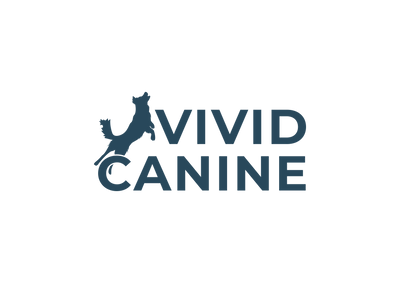Too Hot to Handle: Keeping Your Dog Safe From Heatstroke
When adventure calls, we answer — but summer heat can turn any outing dangerous for your dog in a matter of minutes. Heatstroke is more than just overheating — it’s a medical emergency. It can cause intense suffering, organ failure, and even death, much faster than you think. The signs can be subtle, but the outcome can be devastating. Whether you’re loading up for a trail run, hanging out at the lake, or making a “quick” stop in town, it’s vital to recognize the risks and protect your dog from the heat.
Heatstroke occurs when a dog’s body overheats and can’t cool down quickly or at all. Dogs don’t cool off like we do. With only a few sweat glands, they rely on panting and their environment to regulate their body temperature.
How Hot Is Too Hot? Let’s Talk Cars.
Even on a mild day, the temperature inside a parked car skyrockets, even with windows cracked. A dog’s body temperature can rise quickly in these conditions, often fatally.
| Outside Temperature | 10 Minutes | 20 Minutes | 30 Minutes | 60 Minutes |
|---|---|---|---|---|
| 70°F | 89°F | 99°F | 104°F | 113°F |
| 80°F | 99°F | 109°F | 114°F | 123°F |
| 90°F | 109°F | 119°F | 124°F | 133°F |
| 100°F | 119°F | 129°F | 134°F | 143°F |
| 110°F | 129°F | 139°F | 144°F | 153°F |
| 120F | 139°F | 149°F | 154°F | 163°F |
| Never Leave Your Pet in the Car! | ||||
Heat Risks Hiking on the Trail/Outdoor Activity
Outdoor adventures can fool you. A breeze at the summit or shade on a trail doesn't cancel out heat risk, especially if your dog is working harder than you are. Dogs don’t sweat the way humans do. They rely on panting and their environment to regulate their body temperature.
Tips for Hiking and Outdoor Activities:
- Hydrate often: Keep water available at all times
- Rest in the shade: Take breaks, especially for dogs with dark coats or thick fur, to avoid overheating.
- Watch the ground: Asphalt and sand can scorch paws.
- Booties are great to prevent heat and terrain injuries to paw pads.
- Use caution with any exercise during the summer months.
- Know your dog: Some dogs overexert themselves before showing signs.
Pets Most at Risk for Heatstroke
- Brachycephalic (shortened snout) breeds: Bulldogs (French, American, and English), Boston Terrier, Pekingese, Cavalier, Lhasa Apso, Brussels Griffon, English Mastiff, Japanese Chin, Chow Chow, Pugs, Boxers, etc.
- Arctic Breeds: Samoyed, Bernese Mountain Dog, Akita, Elkhound, Alaskan Malamute, St. Bernard, etc.
- Puppies: Not yet heat-adapted
- Dogs with loud breathing when panting: Generally older, large-breed dogs
- Dogs with neurologic disease: Unable to process overheating
- Dogs with medical conditions: Especially heart or respiratory disease
Know the Clinical Signs of Heatstroke in Dogs
Early signs may be subtle, and progression can be rapid. Watch for:
- Heavy panting or labored breathing
- Excessive drooling
- Bright red gums or tongue
- Lethargy or weakness
- Vomiting or diarrhea
- Confusion or unsteadiness
- Collapse or seizures
If your dog exhibits any of these symptoms, treat it as an emergency.
What To Do if You Suspect Heatstroke
Time is critical. Immediate cooling and veterinary care save lives.
- Move to a shaded, cool area immediately.
- Wet your dog down with cool (not cold) water — especially the belly, armpits, and paw pads.
- Use a fan or A/C to help with evaporative cooling.
- Offer small sips of water, but don’t force it.
- Keep paw pads damp (best "sweating" location)
- Do not give your pet any human medications!
- Do not leave your pet alone.
- Do not use ice water — it can cause blood vessels to constrict, slowing the cooling process.
Get your dog to a veterinarian immediately.
Plan, Stay Safe
At Vivid Canine, we’re all about bold adventures — but safety comes first. So pack water, plan smart, and know when to slow down. Because staying cool isn’t just survival — it’s part of the journey.
This article provides general guidance and should not be considered professional advice. Individual circumstances and laws vary by jurisdiction, so please seek advice from qualified professionals. We are not responsible for any actions taken based on this information, and we will not be liable for any resulting injury, illness, or death.



Leave a comment